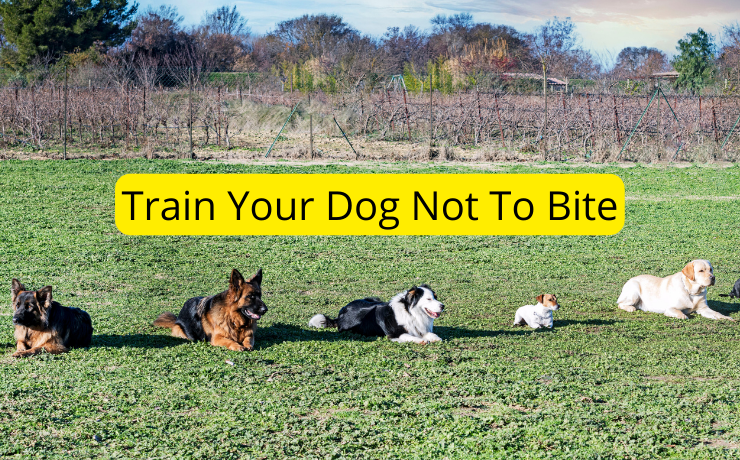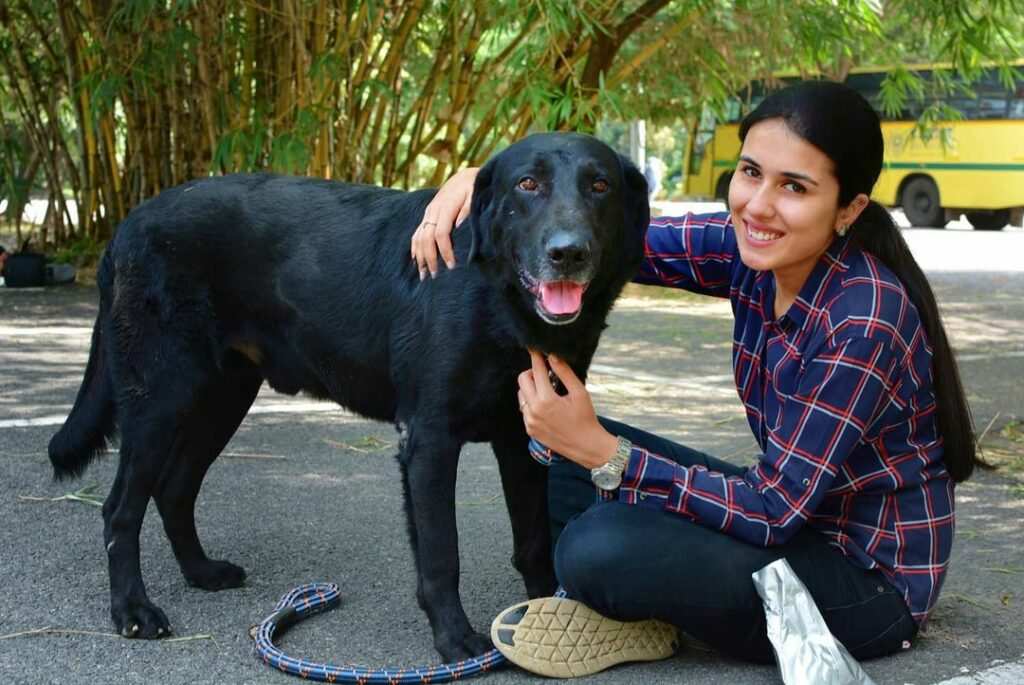How To Train Your Dog Not To Bite: Some Beneficial Advice

A huge step in anyone’s life is bringing a dog home. They become a part of you and make dreary days happier. And while the puppy stage is unquestionably the cutest, it also involves a lot of biting and nipping. Unnati Hunjan, Founding team and Training Lead of Supertails lists how to train your dog to manage this energy and prevent incidents of biting.

It is important to note that nipping and biting is normal puppy behaviour. They are in the process of teething and are just learning to use their teeth. Interestingly, dogs have a lot of nerve endings in and around their mouth. Hence using them to nip, chew, or hold objects/toys of different textures helps stimulate this region. This stimulation can be gratifying for them, be it for pleasure or as a coping mechanism when stressed.

That being said, puppy nipping needs to be corrected before it turns into a biting habit. The first-time puppies are taught not to bite too hard is by their littermates and mother. While playing or while nursing, if the puppy bites too hard, the mother and littermates growl/squeal or move away to end that contact. This informs the puppy that the biting is hurting them. However, many puppies are separated too early from their littermates, hence replicating this behaviour will help teach them that biting hurts.
To mimic this, as soon as the puppy starts to nip, make an ‘Ow’ or ‘Ouch’ sound to get their attention. Immediately divert their attention to a toy/chew stick or any other acceptable object. It is important to note that just an interrupter (the sound you make) in isolation is not enough. Diverting the attention after the sound is made is crucial for the puppy to learn an acceptable way to deal with their urges. Also, make sure to have a few options for teething toys. Different dogs show preferences for different types of toys and providing a variety will help you understand which one works best for your pup.

To ensure your pup’s emotional and mental well-being, do not use any kind of punishment while training them. If your puppy is being difficult, barking or biting, do not yell at them or hit them. This only generates fear and frustration, leading them to lash out further. Instead, keep communication clear and guide them towards appropriate behaviours and outlets. Puppies are often attracted to anything that moves, which makes your ankles and arms interesting enough for them to chase and nip on. At these times, when you make the interrupting sound and show them their toy, ensure to make the toy interesting for them. To do this you can wave the toy around and move it around for the puppy to get attracted. Once they hold the toy in their mouth, continue to move it around and play to build their interest in the toy and show them how fun it can be. Once they start playing with the toy, remember to praise them profusely for a job well done! Positive reinforcement goes a long way!

In cases where the puppies are overstimulated and over-excited, just like little kids, they can get cranky and lash out instead of resting. In such situations, ending play is important. Help the puppy calm down and take them to their crate (if applicable) or their sleep area to let them rest and nap. Remember, puppies need a lot of sleep ranging between 15-20 hours per day. So, keep playtime short and give them plenty of opportunities to rest. Though training begins at home, it does not end there. Socialization is important for all young puppies. Exposing them to a variety of environments, objects and stimulations ensure that they do not grow up to be fearful of them. Hence reducing the chances of fear-based biting.
Always keep an eye out for their body language. Dogs communicate but we often fail to listen. Do not stop them from growling, do not shout at them when they bark or seem upset. Instead, look around for what may be triggering them. Identify these triggers and training your pup to be comfortable around them. Silencing them will increase the likelihood of them reacting poorly at a later time.

Lastly, proofing behaviour is especially important. You may be able to train your dog perfectly at home and they may be the best little training buddy who is obedient. However, this behaviour might not sustain outside. Proofing the behaviour includes practising and repeating the behaviours learnt at home, in different environments with more distractions. If your puppy can follow your commands at home, move to a slightly more distracting area- like the lobby or street right outside your house. Once the behaviour is followed there, move to a higher distraction level. Keep doing this till you can hold your dog’s attention and they listen to you even in public spaces with high distractions.
Follow these tips, reinforce good behaviour and you will raise a puppy who is as gentle as it can get!
Ad



